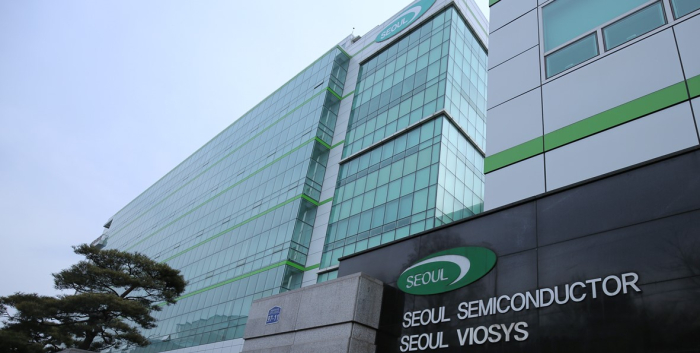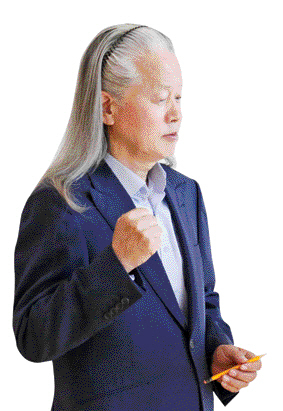Korean LED maker moves up to 3rd place; CEO still growing hair
By Apr 13, 2021 (Gmt+09:00)
Samsung shifts to emergency mode with 6-day work week for executives


CJ CheilJedang to sell feed, livestock unit for $1.4 bn


Samsung Electronics' key M&A man returns; big deals in the offing


Affinity to buy SK Rent-a-Car at $572 mn, more deals expected


Keppel REIT to sell Seoul-based prime office T Tower



The South Korean display maker racked up $898 million in 2020 sales, or $7 million more than Lumileds Holdings, which took the third spot between 2018 and 2019, according to market research firm Omdia on Apr. 13.
Japan's Nichia and Germany's Osram held on to first and second place, respectively. But they suffered year-on-year sales drops of 7% and 8%, respectively, in 2020, in a market that contracted by 8.6% to $11.1 billion from a year earlier.
Seoul Semiconductor, founded in 1992, has steadily climbed the ladder -- from sixth place in 2004 to fifth between 2015 and 2017, and to fourth between 2018 and 2019.┬Ā
Its steady sales growth was attributed to the company's 14,000 patents ranging from TV monitors to mobile and automotive displays, after pouring around 100 billion won ($90 million) annually into research and development. Its acquisition of LG Innotek Co.'s LED business last year helped boost its sales.

Meanwhile, the company's founder and Chief Executive Lee Chung-hoon has not cut his hair since December 2018 to show his determination to win the 30-odd patent lawsuits it has been involved in.
Between 2019 and 2020, the Korean LED maker won patent infringement cases in relation to Philips electronic products.┬ĀThis is the second time for Lee to grow his hair to make a statement. At the end of 2007, Lee announced he would not cut his hair until the company's patent lawsuit against first-ranked Nichia came to a close. Two years later, the two companies agreed to share patents and Lee finally had a haircut.
Among its original technologies, the next-generation WICOP Ultra High Luminance (UHL) series LEDs, introduced in 2012 as the world's first such technology, have been leading sales growth in the Korean LED maker.
The patented technology allows LED chips to be directly connected to a printed circuit board without going through a mid-level substrate, so they are suitable for small-sized gadgets. They┬Āare used in LED headlights of both luxury and mid-range vehicles.
Seoul Semiconductor is expected to post its highest-ever sales this year, topping its previous record of 1.4 trillion won, with an operating profit close to its record 97.4 billion won.
Write to Byung-Keun Kim at bk11@hankyung.com
Yeonhee Kim edited this article.







